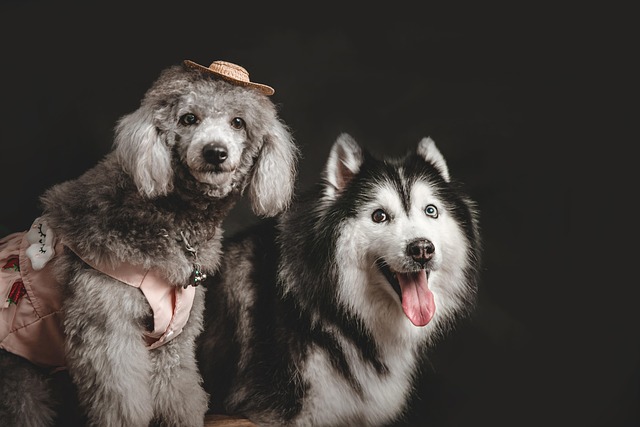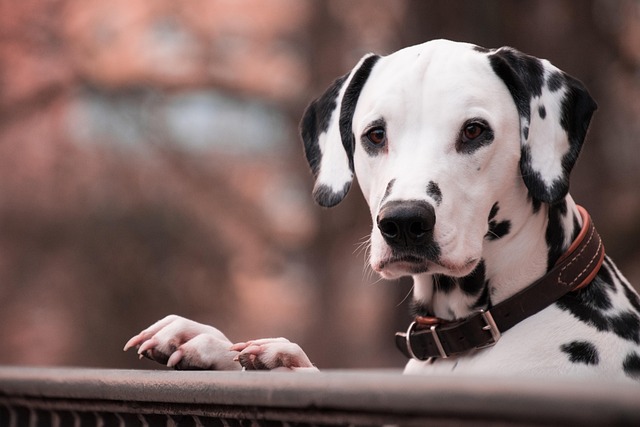
What is the best type of training for a dog?
There’s no one-size-fits-all answer to what makes the best dog training, but most experts agree that methods built on positive reinforcement tend to yield the most lasting results.
That whirlwind of needle-sharp teeth and boundless energy tearing through your living room? It’s not just chaos—it’s your puppy’s critical learning window slamming shut. While many believe formal training should wait until 6 months old, veterinary behaviorists and modern trainers stress a different reality: the absolute best time to begin foundational obedience training is between 8 and 16 weeks old, precisely when socialization overlaps with rapid brain development. This doesn’t mean grueling hour-long sessions—think 2-5 minute bursts of "sit," "come," and gentle handling exercises woven into play. Their brains are sponges now, far more receptive than at adolescence when distractions and stubbornness peak. Missing this period risks ingrained bad habits that take ten times longer to fix later. That said, training must respect their physical limits: avoid repetitive jumps or long stairs that strain developing joints, especially in large breeds.
The magic lies in pairing training with their natural socialization phase. Puppies safely exposed to diverse sounds, surfaces, people, and vaccinated dogs during weeks 8-16 develop resilience against fear-based aggression—a major concern cited in animal welfare studies across Europe and North America. Simple obedience like "sit for greetings" prevents jumping on neighbors, aligning with community etiquette expectations in apartment buildings or busy sidewalks. Crucially, all training must use positive reinforcement only: treats, praise, or play rewards for desired behaviors. Yanking leashes, shouting, or alpha rolls aren’t just ineffective—they’re increasingly restricted under animal cruelty laws in places like Germany, Sweden, and California. Training builds trust; force erodes it and often triggers reactivity issues that violate local "nuisance dog" ordinances.
But what if you adopted an older dog? Don’t panic—dogs learn at any age! Adolescence (6-18 months) brings new challenges like selective hearing or testing boundaries, requiring more patience and consistency. Adult rescues might need trauma-informed approaches. The core principles remain unchanged: reward-based methods, 5-10 minute sessions, and realistic expectations. Remember, basic obedience isn’t optional fluff—it’s compliance. A solid "recall" prevents fines for off-leash violations in parks, while "leave it" stops them snatching hazardous street food. In many EU countries and U.S. states, passing basic obedience classes may even reduce liability insurance costs.

Practical steps matter as much as timing. Start indoors with zero distractions, using high-value treats (tiny chicken bits). Name game ("Fido, look!") builds focus before "sit." Keep leashes slack—pressure teaches pulling. For apartment dwellers: train "quiet" cues early to avoid noise complaints during barking phases. Always end sessions on success! Veterinary guidance is non-negotiable—ensure vaccinations are current before group classes or park practice, adhering to local rabies laws. Avoid crowded pet stores or dog parks until fully immunized.
Ultimately, "best age" balances neurological readiness with responsible practices. Start gentle foundations at 8 weeks, layer complexity by 4 months, and commit to lifelong reinforcement. Well-trained dogs enjoy more freedom—beach trips, patio cafes, stress-free vet visits—enriching their lives while keeping communities harmonious.

There’s no one-size-fits-all answer to what makes the best dog training, but most experts agree that methods built on positive reinforcement tend to yield the most lasting results.

Welcoming an 8-week-old puppy into your home is a joy filled with wiggly tails and endless curiosity. One of the first steps in building a strong bond is teaching them their name.

If you’ve ever sat up at night, listening to your gray-muzzled dog pace back and forth, stopping to whine or stare at a wall, you know the worry that comes with a restless senior pup.

Training a service dog starts long before they’re ready to assist with specific tasks—their journey begins with building a foundation of trust, focus, and adaptability, and the timing of this training matters more than you might think.

Watching a tiny puppy fumble through their first attempts to sit can feel like watching a little acrobat mastering a new trick.

If you’ve ever found your flower bed dug up or your favorite shrub chewed to bits, you’ve probably searched for easy ways to keep neighborhood dogs (or even your own) out of your yard.